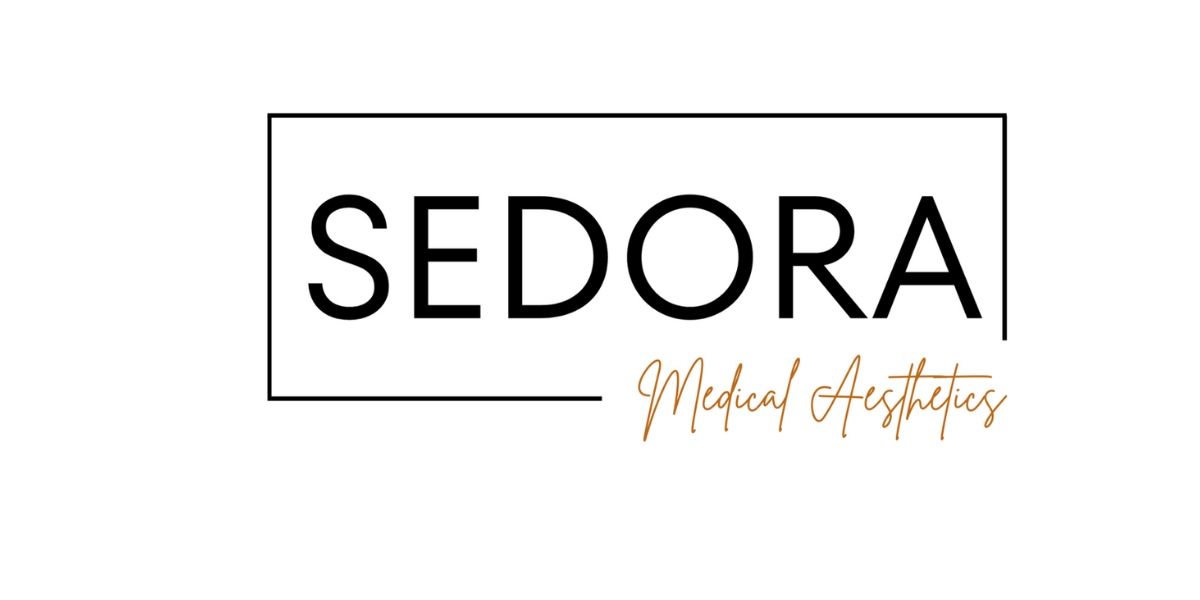CO2 Ablative Skin Resurfacing Treatment
This treatment produces a type of heat injury, which stimulates the skin underneath, resulting in the formation of collagen.
Ablative lasers, such as CO2 lasers, may help treat certain
skin conditions including:
Fine to moderate wrinkles
Liver spots
Uneven skin tone
Sun-damaged skin
Acne scars
Chickenpox scars
Mild scarring
Actinic keratosis
Seborrheic keratosis
FAQ
-
Ablative lasers effectively treat a broad range of skin conditions by removing all or part of the skin. The body’s natural healing processes then replace the damaged skin with new and healthy tissue. Although several types of ablative lasers exist, differing mainly by wavelength, CO2 lasers have long been considered the industry’s ‘Gold Standard’ for ablation, delivering an exceptional ratio between ablation and coagulation (heating tissue without evaporating it).
Ablative lasers are more invasive, making them a great option for treating mild to moderate wrinkles, facial scarring, and skin discoloration.
Dramatic improvements can generally be seen after a single treatment, but most patients need two weeks or more of recovery time. During recovery, it’s common to experience some discomfort accompanied by swelling, oozing, and crusting of the skin.
Co2 Ablative laser resurfacing is the best choice for patients who show signs of significant facial aging have deep or pitted facial scars and want to see significant results fast.
-
Ablative CO2 lasers produce light at a 10,600nm wavelength, which is absorbed by water in the tissue. The laser energy heats up the water until it reaches a boiling point causing the evaporation of the affected tissue. Some heat is absorbed by tissue adjacent to the ablated target area, causing tissue coagulation which induces hemostasis (the cessation of bleeding) as well as thermal stimulation of deep skin layers, which induces fibroblast stimulation and neocollagenesis (the formation of new collagen). The laser beam can also be transmitted through a scanner which is a device used to further control the delivery of energy. The scanner regulates the configuration of energy delivered onto the skin, which can range from covering the entire treatment area or just a fraction of it (leaving the areas in between untreated); (also referred to as fractional ablation). The overall effect of ablation and coagulation, either full or fractional, is the removal of skin and the stimulation of the body to replace it with newer, younger skin.
Ablative lasers effectively treat a broad range of skin conditions by removing all or part of the skin. The body’s natural healing processes then replace the damaged skin with new and healthy tissue. Although several types of ablative lasers exist, differing mainly by wavelength, CO2 lasers have long been considered the industry’s ‘Gold Standard’ for ablation, delivering an exceptional ratio between ablation and coagulation (heating tissue without evaporating it).
-
The skin typically requires 2-4 weeks to completely heal from Co2 laser treatment. New skin begins to grow after or around 2 weeks following laser treatment.
-
While the skin recovers, you should do the following as to prevent damage to the skin.
-Stay at home and avoid strenuous activity
-DO NOT pick or scratch at the skin while it is recovering
-Use over-the-counter pain medication or ice packs to reduce pain
-Minimize direct sun exposure AS MUCH AS POSSIBLE and use proper sun protection
-Attend follow-up appointments to monitor recovery
-
ABLATIVE VS. NON-ABLATIVE
The basic difference between ablative and non-ablative treatments is that ablative lasers remove the top layer of skin, while non-ablative lasers work by heating up the underlying skin tissue (without harming the surface) so that your body will produce new collagen.

